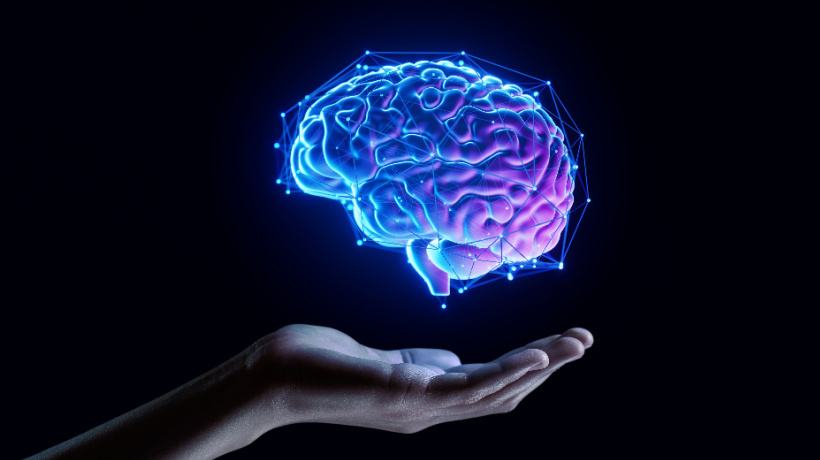Harnessing Emotional Engagement And AI For Successful Blended Learning
Blended learning has emerged as one of the most effective learning methods in today’s educational and corporate landscapes. The mix of in-person training and digital formats enables a flexible yet in-depth learning experience. However, many organizations struggle with a critical factor: learners’ negative attitudes toward the content. To develop a blended learning concept that engages and motivates learners, simply combining face-to-face and online components is not enough. Instructional Designers must carefully consider the thoughts and feelings of learners. In this article, I’ll explore how specific methods and Artificial Intelligence (AI) can help overcome learners’ negative attitudes and design successful blended learning experiences.
Emotional Barriers And Their Impact On Learning Success
A common challenge in blended learning is the negative mindset learners often have. This can stem from various causes: perceived irrelevance of the content, feeling overwhelmed by too much material, or lack of interactivity and variety. Such emotional barriers often lead learners to drop out of the learning process in frustration or engage only superficially with the content.
For example, a company introduced a blended learning program for Lean management training. However, many employees found the content dry and irrelevant to their daily work. This led to low completion rates and overall poor learning outcomes. In such cases, using specific methods to dismantle these emotional barriers is essential.
Specific Methods To Overcome Negative Attitudes For Successful Blended Learning
1. Creating Relevance Through Problem-Based Learning (PBL)
One of the most effective ways to overcome disinterest is by integrating real-world problems into the learning experience. Learners work on practical challenges relevant to their daily tasks, which helps them feel that the material is directly useful to their work.
For example, in Lean management training, Instructional Designers could integrate real-world production challenges as scenarios for learners to solve together, allowing them to immediately see how Lean principles can improve their work.
2. Gamification As A Motivator
Gamification has proven to be an effective tool for motivating learners and actively engaging them in the learning process. Points, leaderboards, or badges create incentives and foster intrinsic motivation.
In an eLearning module on project management, learners could earn points for successfully completing tasks and compete on a leaderboard with colleagues. This playful approach turns dry content into an exciting challenge.
3. Storytelling To Create Emotional Connection
Stories appeal to learners’ emotional side and create a deeper connection with the material. Instructional Designers can use storytelling to make learning content more engaging.
For example, instead of presenting abstract theories on leadership, a course manager could weave the content into a fictional story about a team leader facing different challenges in their daily work. This method not only enhances understanding but also fosters an emotional connection to the topic.
4. Microlearning To Prevent Overwhelm
Large learning modules can quickly become overwhelming, leading to frustration. Microlearning, breaking content into small, digestible units, helps reduce this barrier.
So, rather than offering a two-hour eLearning module on Lean management, the content could be divided into short, 10-minute learning units that can be integrated into the workday.
The Role Of Artificial Intelligence In Blended Learning
AI is playing an increasingly important role in optimizing blended learning experiences. It offers the ability to create personalized learning paths and provide adaptive support in real time. Here are some concrete applications:
Personalized Learning Paths With AI
With AI, Instructional Designers can create personalized learning paths based on learners’ needs and preferences. This technology analyzes progress and automatically adjusts the content to learners’ pace and prior knowledge.
Let’s see an example. In a company training a large number of employees across different departments, AI can tailor the learning path to the specific needs and challenges of each department, ensuring that every learner receives the knowledge most relevant to their work.
Adaptive Learning Systems
AI-powered adaptive learning systems adjust the difficulty and content in real time according to learners’ abilities and progress. This prevents learners from feeling either over- or under-challenged.
In a compliance training program, for example, the adaptive learning system could recognize when a learner is struggling with a particular section and automatically offer additional examples or explanations to deepen understanding.
Practice-Oriented Blended Learning: The Path To Success
The key to successful blended learning is proactively addressing learners’ negative attitudes and choosing the right methods for motivation and engagement. Emotional barriers can be overcome through problem-based learning, gamification, and storytelling. The integration of Artificial Intelligence allows for personalized learning paths and adaptive support, which further enhances the learning experience.
Blended learning is not just a technical challenge but also a matter of the right mindset. Learners must feel that the material is relevant to them and beneficial for their personal development. Achieving this requires practical content and the incorporation of modern technologies like AI, which elevate the learning process to a new level.
Conclusion
To develop a successful blended learning program that engages learners not only cognitively but also emotionally, Instructional Designers must find the right balance between methodological diversity and technological support. Artificial Intelligence offers valuable tools to personalize the learning experience and overcome learners’ negative attitudes. Ultimately, the success of a program depends on the ability to create an emotional connection to the learning content and actively motivate learners.

